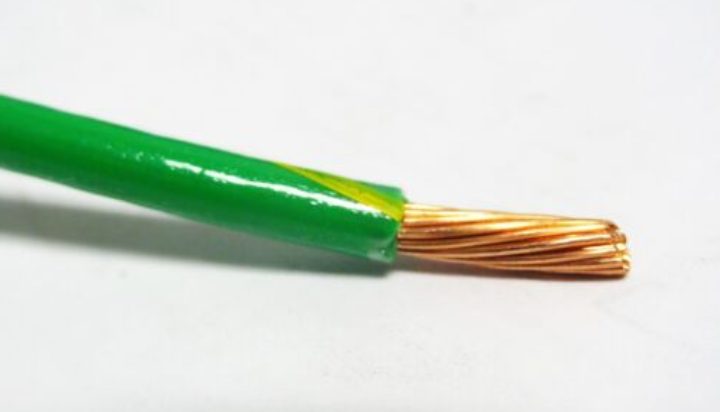All homes require electrical wiring to use outlets for powering appliances or utility purposes. To avoid accidents like electrical shocks or fires, the unused live wires need essential attention.
When thinking of the protection, a common question will pop up, which is what to do with unused live electrical wires. And, you’ll need to locate the exposed cables inside the wall or ceiling. So, let’s move on to find all the answers…
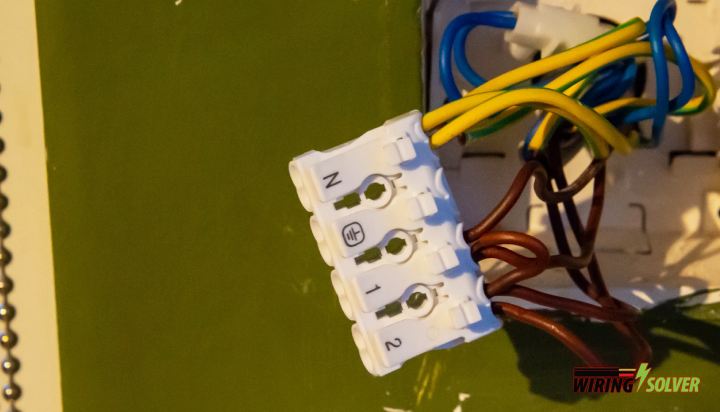
So, How to Make Live Electrical Wires Safe?
Behind electrical outlets or lamps, there’ll be a few useless electrical wires which are exposed causing severe injury chances through current shock. Covering them is what you need to do for house protection.
By reading the upper 2 lines, you might have some ideas of the outcome of leaving the unused electrical wires open. To give a better view, you should know the Ohms rule which describes the current flow of AC (Alternating Current) and DC (Direct Current) effects.
Facing 10V current is not harmful to the human body even if go through. But, if the current is 120V or 240V, then it may burn you alive or damage you harshly.
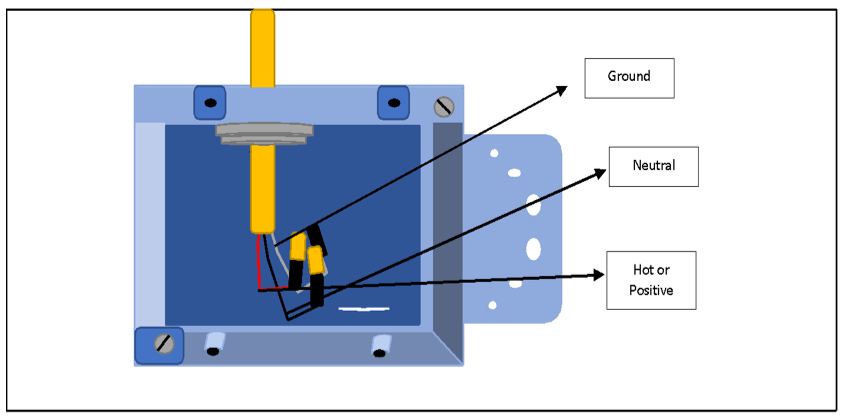
Now, if you find it risky to leave open electrical wire at your apartment, then be sure to cover the electrical wire end by following the given procedure.
Wait a minute! To do so, you’ll need gadgets. If you don’t have the tools described below, then grab them from the online or offline store, whatever feels convenient.
My Recommendation
- The WAGO Series 221 Lever-Nut Set contains 36 pieces that is a mix of durability and flexibility. And, the best part is its versatility and reliability to cover exposed copper wires.
- Then again, made to cover open wires, the LYLTECH White Electrical Tape Set is an excellent pick. Its 7 mils thickness lets you cover any spilled, splice, or broken insulator which ensures solid wrap.
How To Cover Live Electrical Wires – Step-by-step Instructions.
To cap off the electrical wires, organize all the tools, clean the area, and then follow the given directions.
Required Materials:
- Cable Cutter or Stripper.
- Electrical Wire Tape.
- Flat-head Screwdriver.
- Electric Voltage Tester.
- Wire Nuts.
- Utility Knife.
- Black Wall Plate.
- Control Box.
Turn Off the Electrical Panel.
First off, take out the electrical circuit breaker from the panel or junction box. In the sub-panel, sometimes the breaker is present. If so, remove that too. If you find it risky, check whether does a sub panel need a main breaker or not.
Pro Tip: Add the electrical wire tape on each switch to secure it from touching others.
Detect The Voltage on Control Box.
In the control box, check all the wire’s power using an electrical voltage tester. To do so, just hold the tip of it on all the wires in the control box.
The tester should show no voltage by not moving. If it shows current, then shut down the switch (corresponding) on the panel and connect again.
Cut The Live Cable Ends.
With the help of a cable cutter, slice the exposed ends of all electrical cable jackets. Be sure to only cut the plastic cover in the bottom of the wires.
Pro Tip: After cutting the case, make sure the wire end contains half (0.5) inch extent.
Set The Nuts on Bare Wires.
Attach the wire nuts also known as caps on the live cables. And, be sure to check the sizes of caps to insert the wires in the right way.
The reason why it’s essential to consider the size is that inappropriate caps will not fit the cables. Larger or smaller wires will fall when attached forcefully. Let’s see how the wires are being attached to nuts.
- Take the nuts and open the clamping lever by lifting it up.
- Insert wires on them.
- Close the clamping lever by lifting it down.
Note: Don’t use nuts on copper or BX grounding wires instead use tapes.
Put In Electrical Wire Tape on Each Cable.
After inserting the nuts on the corresponding wires, wrap them with electrical wire tape. So, is it safe to put electrical tape over exposed wires? Well, it’s a yes and no at the same time.
We all know, it is used to protect electrical wiring for insulation which usually stays exposed. But, not on ‘Positive’ and ‘Neutral’ wires. Other than these, you can use them.
Pro Tip: Most proficient electricians suggest using zip ties to keep the ‘Hot’ or ‘Positive’ unused wires to the ‘electricity’ conductor like a plastic junction box.
Attach The Wires into The Control Box.
Place all the wires in the control box. Ensure all wires are properly insulated with no broken surface. If you aren’t cautious, the copper wires can cause fires.
Insert The Wall Panel into The Control Box.
Grab the screwdriver (flat-head) to attach the screws which connect the wall panel to the junction box. Now, you are all safe to turn on the connect the circuit breaker into the electrical panel.
Note: Don’t skip the safety equipment such as gloves, sandals, and eyewear.
Frequently Asked Questions
1. Can I leave unused wire in wall?
Yes! You can leave the unused wire in the ceiling or wall. But, it’s essential to cover the end of the wire for protection.
2. Can you terminate a live wire?
Although the electrical wire projects are usually being done by expert technicians, still you can terminate a live cable. However, you’ll need skills and ideas.
Wrapping
The presented affair about what to do with unused live electrical wires just got described in detail. I’ve tried my best to make this guide informative with realistic safety concerns.
It’s totally okay if you find it confusing. In that case, call an electrician who’ll deal with it on behalf of you. It would take around $5 to $20 based on the skill of the expert. Be sure to grab tools and safety equipment if you are doing it yourself. Keep Up The Good Work!

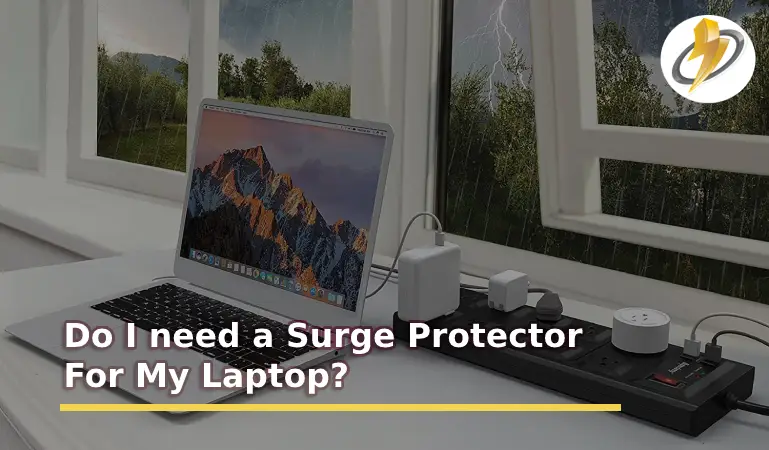
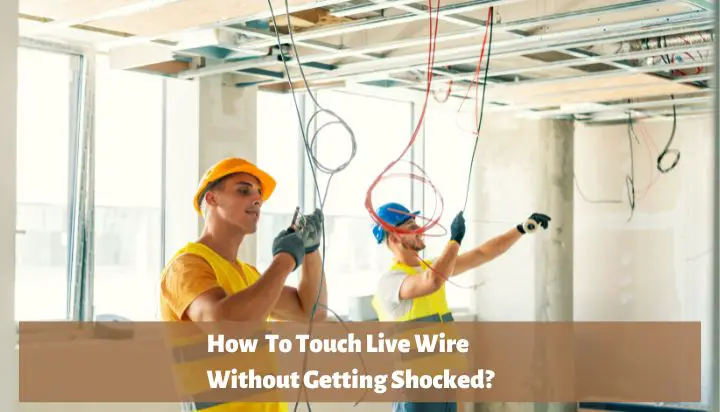
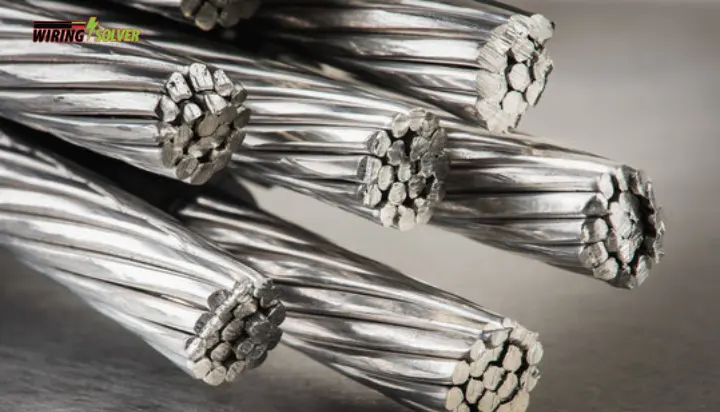
![What Is Black Wire in Electrical Outlets? [Explained]](https://wiringsolver.com/wp-content/uploads/2023/01/What-Is-Black-Wire-in-Electrical-Outlets.jpeg)

